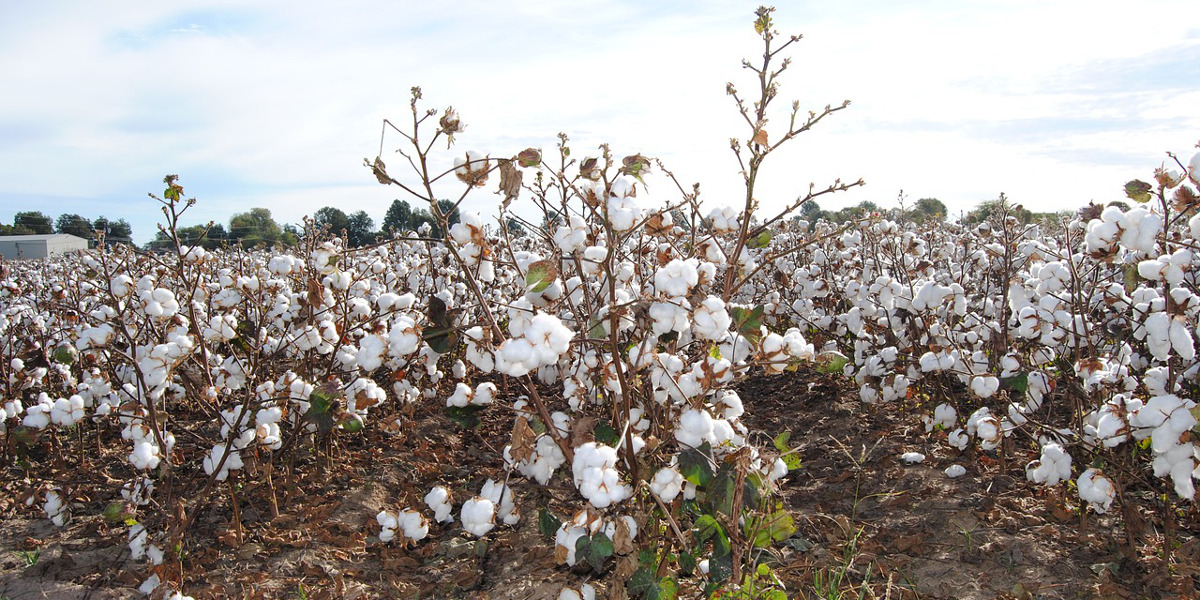
The Failure of GMO BT Cotton and the Continued Success of Native Indigenous Cotton in India
India is a paradise of rich diversity in ecosystems, food, cultures etc., and particularly has been a hub of indigenous agricultural practices that has evolved over thousands of years. Earth care is ingrained into the Indian philosophy of Vasudhaiv Kutumbakam – the Earth as one Family and all species as its members.
April 1, 2023 | Source: Navdanya International | by Poison-Free Food & Farming, Seed Freedom
India is a paradise of rich diversity in ecosystems, food, cultures etc., and particularly has been a hub of indigenous agricultural practices that has evolved over thousands of years. Earth care is ingrained into the Indian philosophy of Vasudhaiv Kutumbakam – the Earth as one Family and all species as its members. Until the 1960s, our farmers produced bounties of food and fibre through indigenous farming methods of Earth Care. The agroecosystems were sanctuaries for living systems and species. From 1960s Green revolution introduced to India the high-yielding rice and wheat under the pretext of curbing hunger and poverty. Indian agricultural system was tagged as primitive and out-dated. Hoards of chemicals were forced upon farmers stating the soil was dead and did not provide nutrition for plants to grow. The multinationals kept claiming that without external inputs of high yielding varieties (HYV) of seeds and agricultural chemicals such as fertilizers and pesticides crop production and farmer incomes will suffer.
